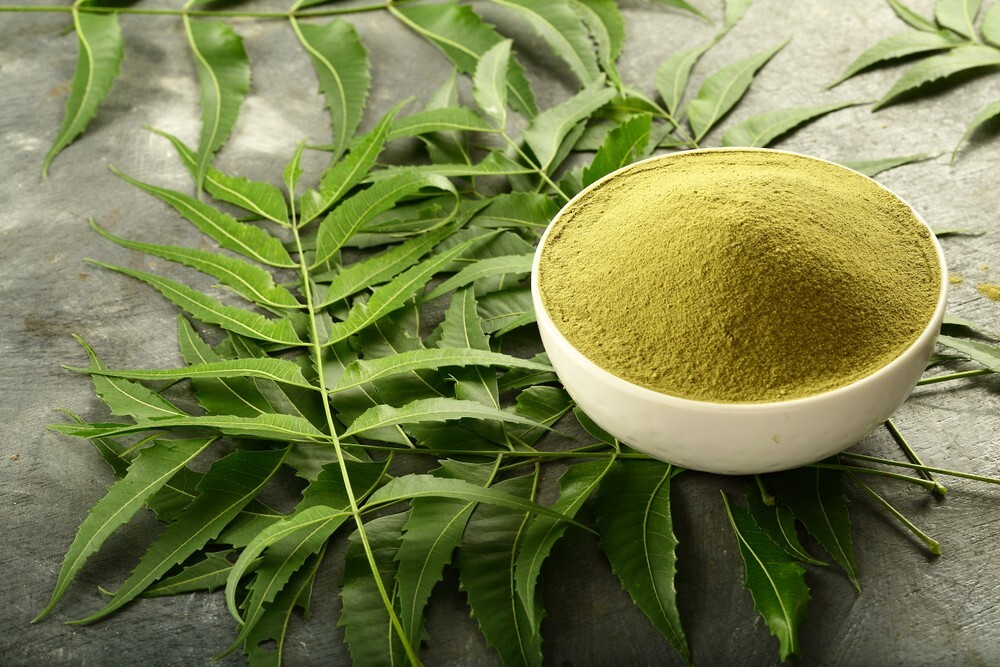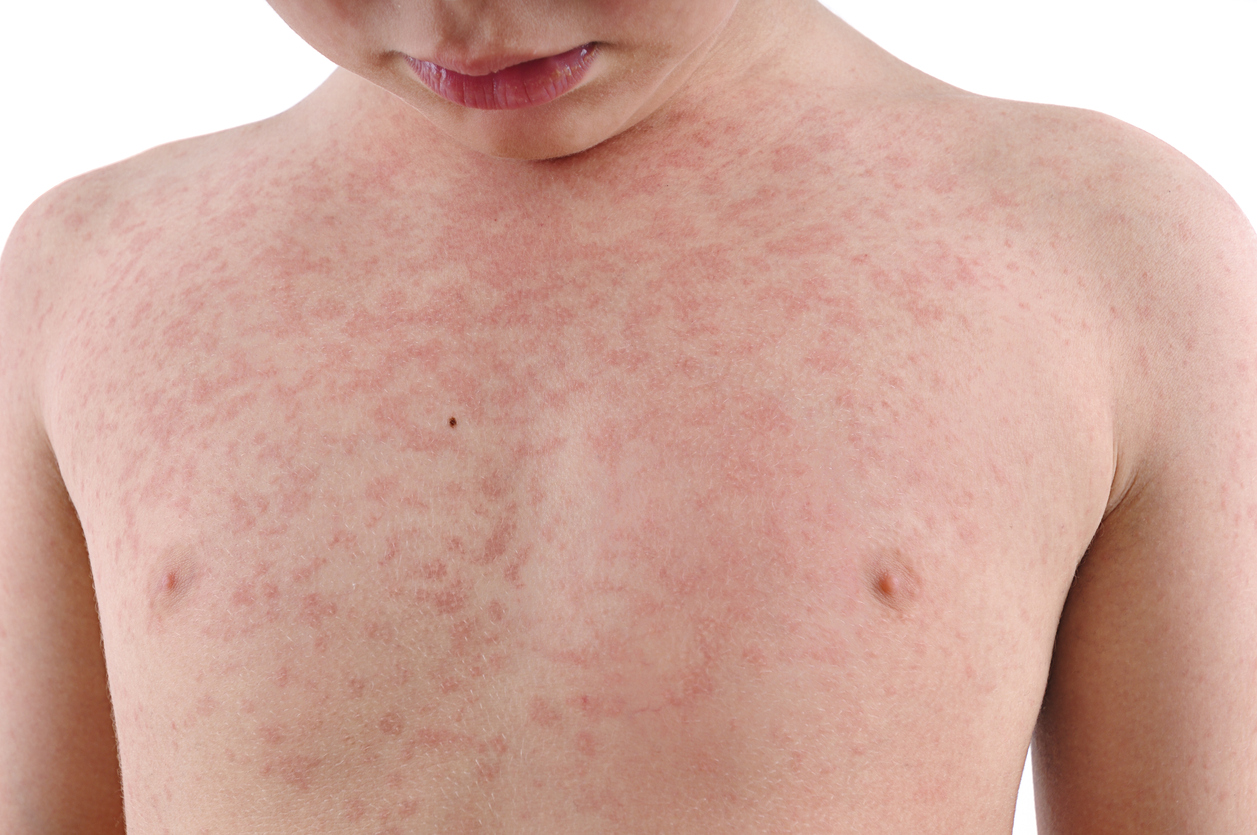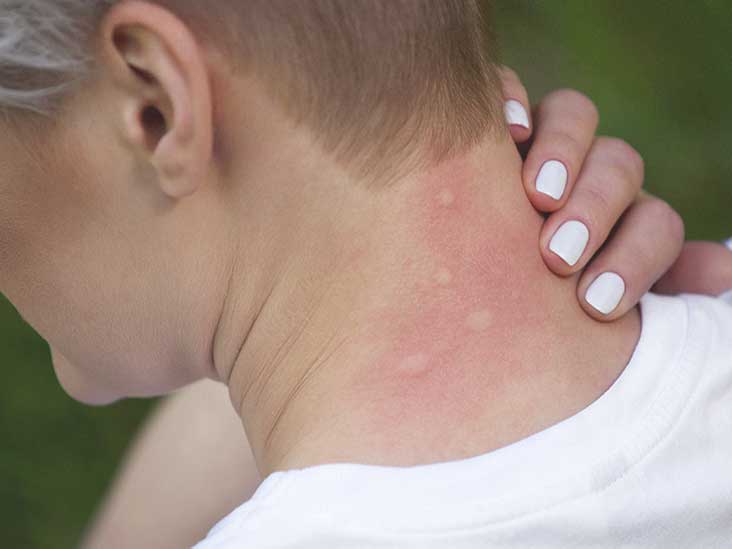Latex, Immunotherapy, Desensitization.
Root Cause of Disease
A latex allergy, your immune system identifies latex as a harmful substance and triggers certain antibodies to fight it off. The next time you’re exposed to latex, these antibodies tell your immune system to release histamine and other chemicals into your bloodstream. This process produces a range of allergy symptoms. The more times you are exposed to latex, the more strongly your immune system is likely to respond. This is called sensitization.
Symptoms
If you’re allergic to latex, you’re likely to have symptoms after touching latex rubber products, such as gloves or balloons. You also can have symptoms if you breathe in latex particles that are released into the air when someone removes latex gloves.
Latex allergy symptoms range from mild to severe. A reaction depends on how sensitive you are to latex and the amount of latex you touch or inhale. Your reaction can become worse with each additional latex exposure.
Mild latex allergy symptoms include:
- Itching
- Skin redness
- Hives or rash
More-severe symptoms include:
- Sneezing
- Runny nose
- Itchy, watery eyes
- Scratchy throat
- Difficulty breathing
- Wheezing
- Cough
Causes
Latex allergy can occur in these ways:
- Direct contact. The most common cause of latex allergy involves touching latex-containing products, including latex gloves, condoms and balloons.
- Inhalation. Latex products, especially gloves, release latex particles. You can breathe in these particles when they become airborne. The amount of airborne latex from gloves differs greatly depending on the brand of glove used.
It’s possible to have other skin reactions when using latex. They include:
- Allergic contact dermatitis. This reaction results from the chemical additives used during manufacturing. The main symptom is a skin rash with formation of blisters 24 to 48 hours after exposure, similar to poison ivy.
- Irritant contact dermatitis. Not an allergy, this skin irritation is caused by wearing rubber gloves or exposure to the powder inside them. Symptoms include dry, itchy, irritated areas, usually on the hands.
Not all latex products are made from natural sources. Products containing synthetic materials, such as latex paint, are unlikely to cause a reaction.
Home Remedies to treat Latex Allergy
Remedy – 1: Tulsi
Materials: Tulsi

Tulsi is proven to be the safest skin cream that can be used and the benefits are massive. Tulsi reflects on your skin when you consume it as well as apply it. This wonder herb is used to treat acne, skin infections, lighten dark spots and improve skin texture. Here is a list of benefits that tulsi does to your skin.
- Tulsi helps in skin brightening.
- Tulsi helps in curing acne face marks.
- Tulsi mixed with eggs and mixed can help in tightening skin pores.
- Tulsi helps in curing skin infections and any sort of skin allergies.
Procedure:
- Consume Tulsi leaves raw, plucked fresh from the plant, add it to your tea or make it out of it.
- Tulsi tea: To make tulsi tea, boil 1 cup of water and pour it over 1 tsp of fresh tulsi leaves, 1/2 tsp of dried tulsi leaves or 1/3 tsp of tulsi powder. Cover the water in a pot or mug and let it seep for 15-20 minutes. Then strain the leaves, add honey if desired and enjoy.
Remedy – 2: Neem
Materials: Neem

Neem is one of the most essential herbs used in Indian households to treat a lot of skin ailments, and itchy skin is one of them. Neem has anti-inflammatory and anti-microbial properties that helps soothe itchy skin. Bathing with neem water cures itching and rashes in children who get chicken pox or hand foot mouth (HFM) disease. Neem water bath is an ideal home remedy for itching in the whole body.
Procedure:
- For neem water bath, soak a handful of neem leaves in hot water for half an hour.
- Once lukewarm, take a bath with the neem water.
- You can also make a paste by grinding neem leaves with water.
- Apply the paste on the irritated skin. Wash once dried.
Product link: Neem
Remedy – 3: Aloe vera
Materials: Aloe vera

If general irritation is causing your rash, like from an allergy, aloe vera might work to soothe itching and inflammation. It might improve the appearance of the rash, too. However, proper studies are lacking to support its use over conventional treatments. Also keep in mind aloe vera can’t “cure” an allergic reaction.
Procedure:
Using aloe vera for any type of rash is pretty simple. Liberally apply aloe vera gel all over the area where you notice symptoms. Use products made of pure, 100 percent aloe vera to avoid introducing other allergens or ingredients that could further irritate your skin. Aloe vera gel takes a few minutes to dry. Let your skin absorb it completely before you put clothes on over the area. You can reapply the aloe vera gel every couple of hours to see whether it helps your symptoms. Twice per day should be enough to see results, if aloe vera is going to be effective for your particular rash.
Product link: Aloe Vera
Other Remedies
Eucalyptus
As a natural allergy cure, eucalyptus effectively calms coughs and relieves nasal congestion and is often found in cough and cold remedies, chest rubs, and various oils and liniments to relieve pain. It is both an antiseptic and a stimulant with expectorant and antibiotic properties. The powerful vapour from eucalyptus clears congestion and loosens mucus. It is especially effective when used in conjunction with steam treatments. In lozenge form, eucalyptus increases the production of saliva to reduce the urge to cough. Given these properties, eucalyptus is considered to be one of the best natural allergy remedies.
Red Clover
Red Clover is a traditional remedy for asthma when taken in the form of a tea and as allergies and asthma may be associated, can be used as an allergy remedy. It has antispasmodic and expectorant qualities and dried has even been used in “anti-asthma” cigarettes. It is not uncommon today to find red clover wine which makes an excellent cough remedy.
Licorice Root
Powdered licorice root has been used since ancient times as a cough remedy and is often present in modern cough syrups. Beyond its helpful qualities, licorice is sweet to the taste and thus more pleasant as a “medicine.” It should be used with caution by anyone prone to high blood pressure as excessive use of licorice will make hypertension worse.
Risk factors
Certain people are at greater risk of developing a latex allergy:
- People with spina bifida. The risk of latex allergy is highest in people with spina bifida — a birth defect that affects the development of the spine. People with this disorder often are exposed to latex products through early and frequent health care. People with spina bifida should always avoid latex products.
- People who undergo multiple surgeries or medical procedures. Repeated exposure to latex gloves and medical products increases your risk of developing latex allergy.
- Health care workers. If you work in health care, you’re at increased risk of developing a latex allergy.
- Rubber industry workers. Repeated exposure to latex may increase sensitivity.
- People with a personal or family history of allergies. You’re at increased risk of latex allergy if you have other allergies — such as hay fever or a food allergy — or they’re common in your family.
Preventions
There is no way to prevent a latex allergy, but you may be able to avoid an allergic reaction. If you’re allergic to latex, you should avoid products that contain latex. Before a medical procedure or dental work, tell your providers about your allergy. Ask them to use latex-free gloves and equipment.
When ordering from a restaurant, if you have a severe latex allergy, ask the person who prepares your food to wear latex-free gloves.
Many everyday household items, medical equipment and clothing contain latex. It’s essential to read labels carefully. You should avoid products that contain latex, including:
- Balloons.
- Parts of clothing and shoes, such as elastic in underwear, raincoats and rain boots, and the soles of sneakers or other shoes.
- Items around the house, including rubber bands, carpet backing, and some toys and bandages.
- Personal care items like sanitary napkins, condoms and diaphragms.
- Pacifiers and nipples for baby bottles.
- Some types of makeup, face paint and masks used for costumes.



